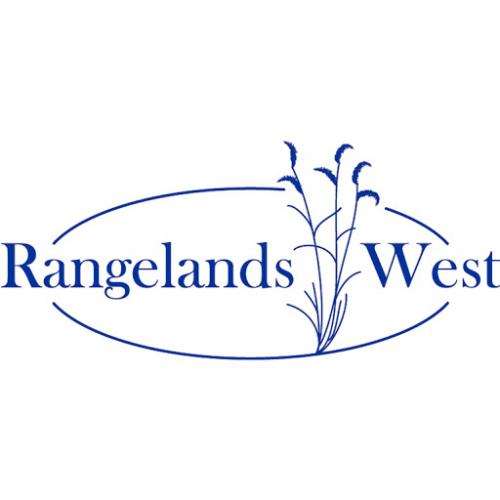An increase in photosynthetic rates of foliage on partially defoliated plants may be a mechanism to partially compensate for herbivory (McNaughton 1979, 1983, Dyer et al. 1982). This enhanced photosynthesis following partial foliage removal may be due to either an increase in the photosynthetic rates of foliage on these plants relative to similar-aged foliage on undefoliated plants, which we define as "compensatory photosynthesis", or a change in the age composition of foliage from predominantlyolder tissue on undefoliated plants to younger regrowing tissue on partially compensatory photosynthesis occurs in the field on mature plants that were clipped in a manner that stimulated the defoliation behavior of cattle in a rangeland pasture. therefore, the life historiesof individual foliage elements were examined, and the photosynthetic rates per unit soluble protein were altered concurrently with photosynthesis following clipping. For these experiments, we selected two species that are morphologically and phenologically very similar, but likely have had different levels of grazing pressure during their evolutionary history (see Caldwell et al. 1981)

Articles, citations, reports, websites, and multimedia resources focused on rangeland ecology, management, restoration, and other issues on American rangelands.